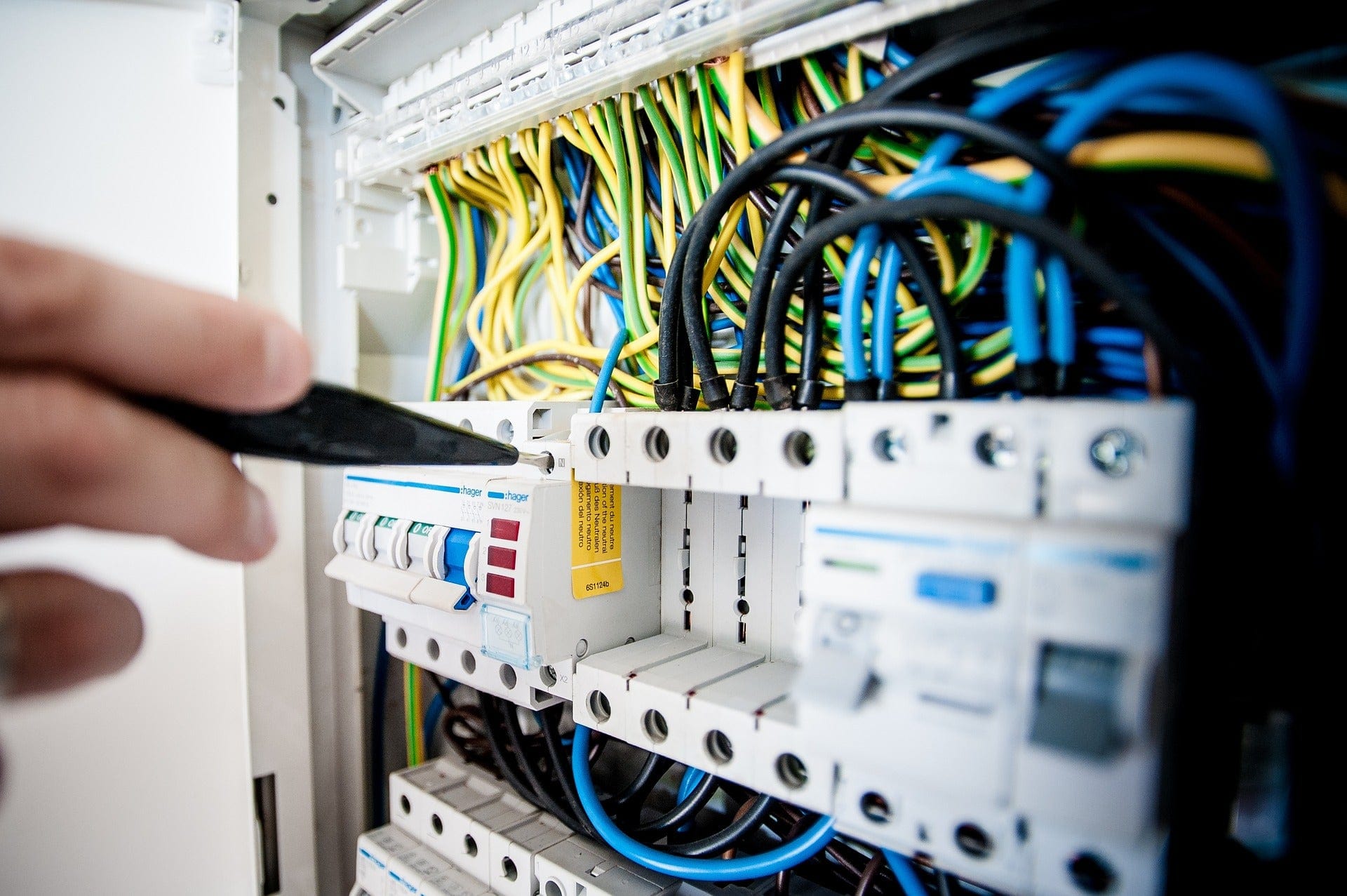Understanding Amp Load and Circuit Breakers
When installing new light fixtures, it is important to keep in mind the load and capacity of your electrical service and circuit breaker to avoid any potential risk of damage.
By understanding circuit breakers and the load of a particular setup, you can choose fixtures that are appropriate for that load.
What is a Circuit Breaker?

A circuit breaker is a device that acts as a sort of switch, which opens and closes an electrical circuit and protects from any abnormal or faulty current.
Overloading a breaker can lead to malfunction and cause several issues. By understanding the amp load a circuit breaker can handle, these issues can be prevented.
What is Amp Load?
Amp load refers to the total amount of power that can be drawn from a power source or transformer, measured in amperes.
Amp loads will differ based on the age of a building and the service installed.
Older homes might have services with an amp load of 30-60 amps, while newer homes typically have over 100 amps, with larger and more modern homes having services for about 200-400 amps.
Thus you would need to calculate the amp load in order to calculate the circuit breaker load.
Calculating Amp Load
There are several calculations needed to determine the amperage of a fixture.
To begin with, here are a few calculations to bear in mind:
Amps = Watts / Volts
Ex. Our 300W High Voltage LED Parking Lot Fixtures are rated for voltage use between 277-480V.
Voltage Used
Calculation (W/V)
Amps Required
277V
300 / 277
1.08A
347V
300 / 347
0.86A
480V
300 / 480
0.63A
As seen in the chart above, the higher the voltage used, the lower the amperage is required to power the fixture.
Please note that breakers are usually rated for 80% of their total load to avoid any potential overloading.
For example, a parking lot with an amp load of 30A would allow for up to 21x fixtures for a 277V lot, 27x fixtures for a 347V lot, or 37x fixtures for a 480V lot after this 80% is accounted for.
One could also calculate the Max Wattage on a load by inverting the formula, as seen below!
Voltage Used
Amp Load
Calculation
Max Wattage
(100%)
Max Wattage
(80%)
277V
30A
277 x 30
8,310W
6,648W
347V
30A
347 x 30
10,410W
8,328W
480V
30A
480 x 30
14,400W
11,520W
Amp Loads and LED Lighting
Now that you know how amp loads and voltage work with each other, let’s see how converting from traditional MH / HID light sources to LED affects the load.
Adding to our previous example, a 300W High Voltage LED Parking Lot Fixture is equivalent to 1000W MH.
Wattage Used
Voltage Used
Calculation
300W
277V
1.08A
1000W
277V
3.61A
As you can see, more amps are required to properly power the fixture, meaning less fixtures are able to be used on a single circuit. For example, on a 20A circuit running 277V, you would only be able to use a maximum of 5x 1000W MH fixtures, where with LED you can use up to 18x fixtures!
In other words, converting to LED is beneficial in reducing your load so you are able to use more fixtures on one circuit if needed to maximize brightness or efficiency!
Hopefully, this helps to clarify how an electrical service and circuits can be used to determine the most efficient solution for a lighting project!
For a complimentary quote on your lighting project or simply to provide some additional input, please feel free to reach out to us by giving a call at (813)-649-8899 or simply emailing us at sales@htm-lighting.com.
- Michael Tomas





